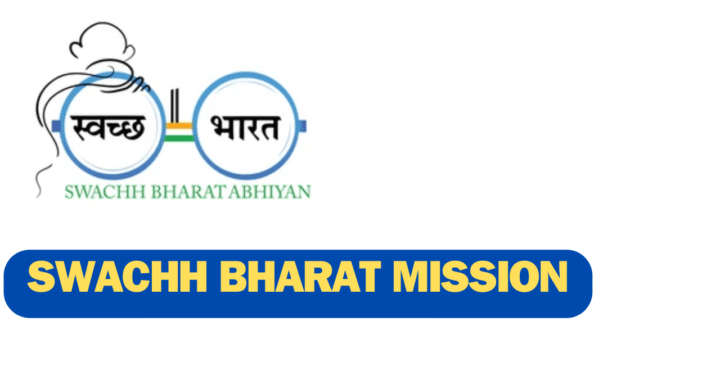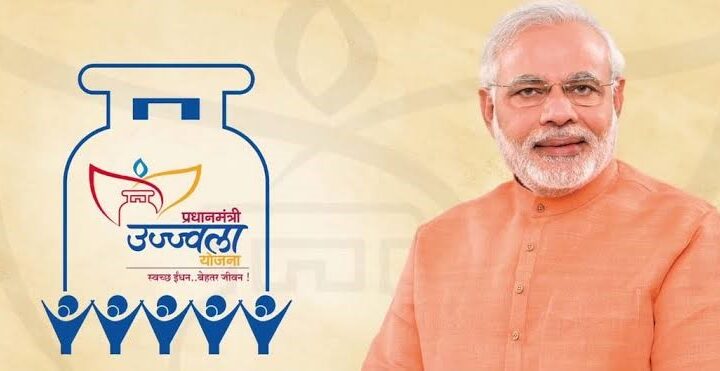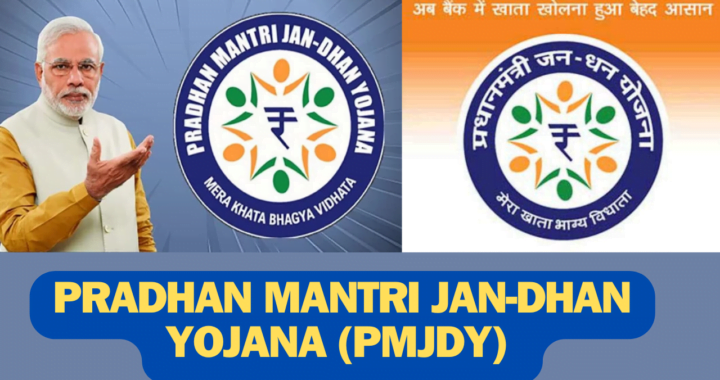Table of Contents
ToggleImportant Government Scheme 2024
Swachh Bharat Mission
What is Swachh Bharat Mission?
- To accelerate the efforts to achieve universal sanitation coverage and to put the focus on sanitation, the Prime Minister of India had launched the Swachh Bharat Mission on 2nd October 2014.
- The major objective of the Swachh Bharat Abhiyan is to spread the awareness of cleanliness and its importance.
- The concept of Swachh Bharat Abhiyan is to provide basic sanitation facilities like toilets, solid and liquid waste disposal systems, village cleanliness, and a safe and adequate drinking water supply to every person in the country.
Components of the Swachh Bharat Mission:
The Swachh Bharat Mission (SBM) is a nation-wide campaign in India that aims to clean up the streets, roads, and infrastructure of Indian cities, towns, and rural areas. It encompasses various components aimed at achieving its objectives:
- Construction of Household Toilets: One of the primary objectives of SBM is to eradicate open defecation by constructing individual household toilets in rural and urban areas. This initiative aims to improve sanitation and promote hygiene practices.
- Construction of Community and Public Toilets: In addition to individual household toilets, SBM focuses on constructing community and public toilets in public spaces, markets, bus stands, railway stations, and other areas to ensure access to sanitation facilities for all.
- Solid Waste Management: SBM emphasizes proper management of solid waste through segregation, collection, transportation, processing, and disposal. This includes promoting the concept of source segregation of waste into biodegradable and non-biodegradable categories.
- Awareness and Behavioral Change: The mission places significant emphasis on creating awareness and promoting behavioral change regarding sanitation and hygiene practices among communities, schools, and other stakeholders. This is achieved through various campaigns, workshops, and educational programs.
- Capacity Building and Training: SBM involves capacity building and training programs for various stakeholders, including government officials, sanitation workers, and community members, to effectively implement and sustain sanitation initiatives.
- Innovation and Technology: The mission encourages the adoption of innovative technologies and practices to enhance the efficiency and effectiveness of sanitation solutions. This includes the use of technology for monitoring and tracking progress, as well as for implementing innovative solutions for waste management and sanitation.
- Public and Private Partnerships: SBM promotes partnerships between the government, private sector, non-governmental organizations (NGOs), and communities to leverage resources, expertise, and networks for the successful implementation of sanitation projects and programs.
- Rural and Urban Focus: The mission caters to both rural and urban areas, recognizing the diverse sanitation challenges faced by different regions and populations. Strategies and interventions are tailored to address the specific needs of rural and urban communities.
Swachh Bharat Mission Objectives:
- Hygiene and cleanliness should be promoted comprehensively.
- To reduce the number of people and households who defecate in the open.
- Raising the standard of living in rural communities.
- Encourage the use of environmentally appropriate sanitation.
- To raise public awareness about health and hygiene concerns
- To assist India in realising the aim of sustainable development.
- To encourage the use of cost-effective and efficient sanitation solutions.
- To concentrate on scientific waste management strategies for both solid and liquid waste.
- To have a positive impact on social inclusion and gender equality.
- Financial Allocation: The Government of India has allocated significant financial resources to the Swachh Bharat Mission. Funding is provided for the construction of toilets, solid waste management infrastructure, behavior change communication campaigns, and capacity building activities.
- Components: The Swachh Bharat Mission has two main components: Swachh Bharat Mission (Gramin) for rural areas and Swachh Bharat Mission (Urban) for urban areas. Each component has its own set of strategies and targets tailored to the specific challenges faced in rural and urban settings.
- Behavior Change Communication: A crucial aspect of the mission is to bring about behavioral change regarding sanitation and cleanliness practices. This involves conducting awareness campaigns, using mass media, engaging with communities through various platforms, and promoting the use of toilets.
- Technology and Innovation: The mission encourages the use of technology and innovation to improve sanitation outcomes. This includes the use of mobile apps for monitoring toilet construction, GIS mapping for identifying areas in need of sanitation facilities, and innovative toilet designs to suit local conditions.
- Public and Private Partnership: The Swachh Bharat Mission promotes collaboration between the government, private sector, NGOs, and civil society organizations to achieve its objectives. Public-private partnerships are leveraged for the construction and maintenance of sanitation infrastructure, waste management, and behavior change initiatives.
- Monitoring and Evaluation: Robust monitoring and evaluation mechanisms are in place to track progress and ensure accountability. Various indicators such as toilet construction, open defecation-free status, waste collection and disposal, and behavioral change are monitored regularly at different levels of administration.
- International Recognition: The Swachh Bharat Mission has received recognition from international organizations and governments for its efforts in improving sanitation and hygiene. It has also inspired similar initiatives in other countries facing similar challenges.



